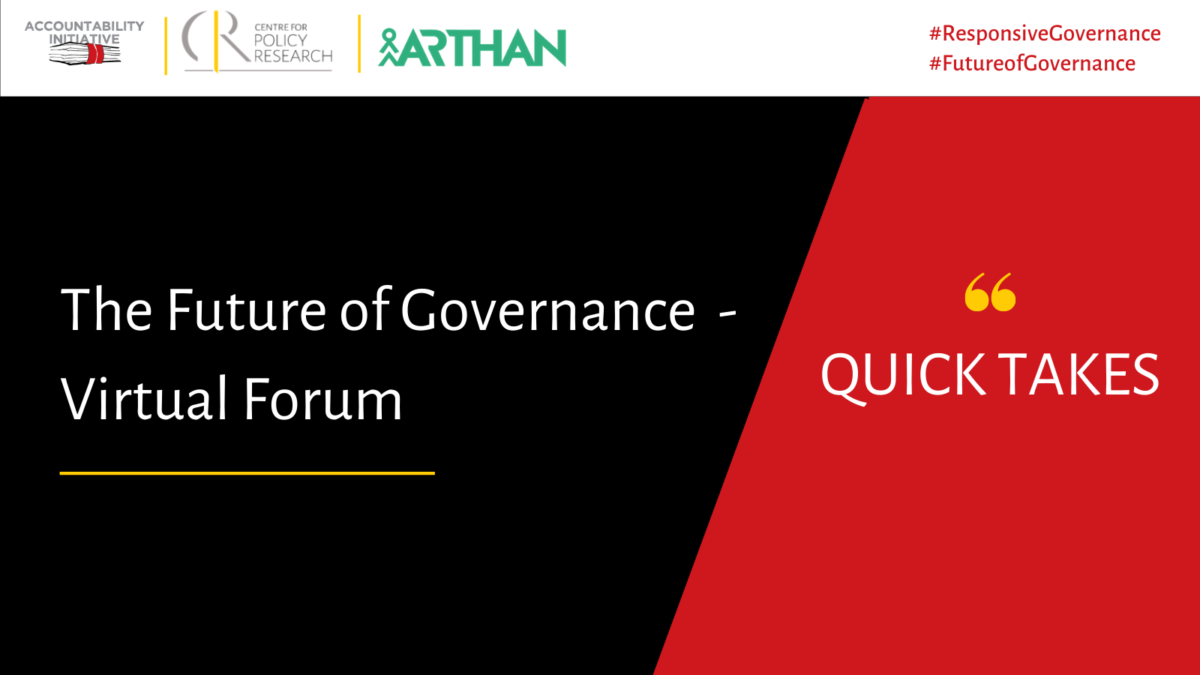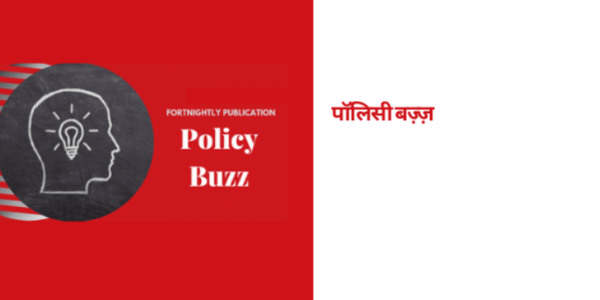This blog is part of a series that explores the conceptual underpinnings of decentralisation, and citizen participation. The first part can be found here.
As I wrote in last week’s blog, citizens cannot afford to take assurances from government officers and ministers that something or the other will be done, at face value. That phase of naivety is over. Repeatedly, one has seen the government simply ignoring citizens’ feedback and citizens’ protests when it takes decisions. This is particularly so when it comes to decisions that adversely affect the environment, as in the case of allowing traffic into Cubbon Park, a vitally important lung space in the heart of Bengaluru city.
There are several ways in which the government can successfully blunt citizens’ participation, particularly in the civic space. One is not talking about larger order issues, such as the question of inclusion, or the policy with respect to national security and so on. One is merely speaking of instances such as these- where citizens protest against the entry of vehicular traffic into a public park and the government ignores that protest and allows traffic in.
Let me speak of three such effective ways. These are: (a) to deliberately have multiple institutions with overlapping responsibilities, (b) to use that excuse to kick decisions upstairs, and (c) to say that the suggestions of the people can be implemented but on a future date, when all other problems are solved and everything falls into place.
One of the main ways in which the government successfully overcomes citizens’ wishes is to pass the buck. Accountability cannot be enforced if roles and responsibilities of government entities are deliberately kept fuzzy. This is the oldest trick in the book, and the government has perfected this ploy to a fine art.
One would expect that the Brihat Bangalore Mahanagar Palike (BBMP), which is the City Corporation of Bengaluru, would be the final authority to take decisions on whether traffic should be allowed into a park. In this case, the City Corporations elected body (which, incidentally has been superseded last week and an administrator appointed to look after the city’s affairs) unanimously resolved that traffic should not be allowed into Cubbon Park. But the government cheerfully ignored that resolution.
How the government gained the locus standi to do such a thing, was by deliberately creating multiple institutions for the city, so as to confuse and deflect the citizen’s pressure.
Simply put, not all responsibilities listed in the 12th Schedule of the Constitution, which lists our 18 matters that may be devolved to local governments, are devolved to the BBMP. Even with some of the responsibilities devolved, the actual functions and activities are narrow and limited.
For example, the BBMP is assigned a range of powers and responsibilities with respect to Horticulture, maintenance of parks and protecting the environment. Yet, Cubbon Park remains within the ownership of the State Horticultural Department. That gives the institutional leeway for the state government to interfere in a decision that ought to remain with the City Corporation.
Accountability cannot be enforced if roles and responsibilities of government entities are deliberately kept fuzzy.
Similarly, when it comes to urban land use planning, several other institutions also function in Bengaluru city, with or without overlaps with BBMP functions. Earlier, while these included the Bangalore Development Authority and the Bangalore Metropolitan Region Planning Authority, today, in a COVID-like spurt, there are no less than 11 independent planning authorities looking at land use planning in and around Bangalore. There could not be a worse approach to land use planning.
Along with fragmentation of powers and responsibilities to confuse people, the other way to escape accountability is to kick the final decision upstairs. In the case of Cubbon Park, the decision could well have been left to the City Corporation. But no. that wasn’t the case. The matter went first to the Chief Secretary of the State. Mind you, it’s not a Chief Secretary’s job to direct traffic in Cubbon Park. Yet, the Chief Secretary chairs something known as the Bangalore Coordinating Committee. Nobody seems to notice the irony of this.
Why do we need a Bangalore Coordinating Committee?
Because the governance of Bengaluru is fragmented, deliberately, between a multitude of institutions with overlapping responsibilities. This is deliberately done because the more confusion that one can create, the easier it is for everybody in the government to avoid accountability to the people, and assume power without responsibility for the consequences. This enables the Chief Secretary, whose role is to be the head of the civil service and secretary to the Cabinet of the State Government, to become a CEO – a Chief Everything Officer.
Eventually, because of the public outcry, the matter did not stop with the Chief Secretary, but went to the Chief Minister. Therefore, in the middle of a worrisome pandemic, an economic crisis and much more, the Chief Minister, who is as remote from the city’s administration as anyone can be, was entrusted the task of deciding the fate of a city park.
The third way to blunt citizens’ protests is to assert that any decision is contingent on some future perfect circumstance. This was clear in the remark of a senior police officer, who said that while protecting Cubbon Park was important, banning vehicles might affect the traffic flow in the central business district, which can be solved only if there is a comprehensive traffic management plan for the area. According to him, only a perfect solution ought to be implemented.
Well, sir, so who should prepare the comprehensive traffic management plan? Is that the job of the citizenry? Or which one of your multiple institutions will undertake that task? What have all of you been doing so far, then? Could we ask that question?
Yes, you can, but in reply, you will only hear a resounding silence.
The opinions expressed are of the author and do not represent an institutional stand.
T.R. Raghunandan is an Advisor at Accountability Initiative.
Also Read from the Author: Whither, Local Governments, in the Pandemic?
Also Read: Youth Activism, the Climate Crisis and Civic Participation











